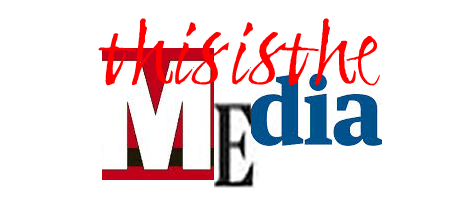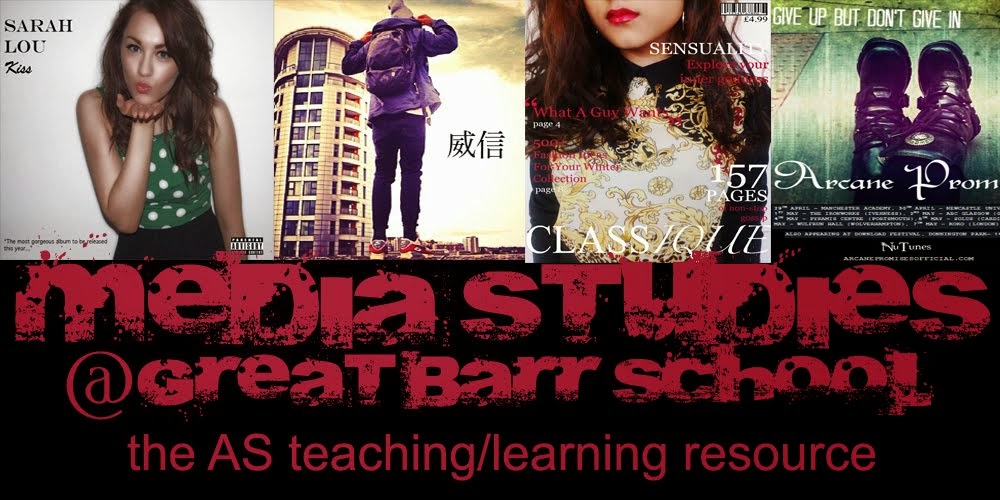In the examination you will be presenting a case-study that you have developed around a series of media products that you are interested in studying in detail. This can be around the media output of a specific 'star' [Beyonce; Lady Gaga] a programme [Match of the Day; Doctor Who] or a genre [Marvel Movies; Spider-man].
You are required to study the products over the THREE PLATFORMS - PRINT; BROADCAST; E-MEDIA.
For the mock exam / exemplar you will be exploring the youth drama outlined in Lesson 51. You will use this to answer ONE of the following questions.
The choice of questions are:
EITHER:
[5] Consider how imaginative techniques are used by media products from your cross-media study to attract and maintain audiences.
Support your answer with reference to a range of examples from three media platforms.
OR
[6] Synergy is the process by which media institutions use a range of platforms to promote, sell and distribute their products. Assess the impact of synergy in your cross-media study.
Support your answer with reference to a range of examples from three media platforms.
IDEAS:
The examiners report for this exam told centres that:
Question focus again seems to be the main problem for candidates not achieving level three or above. Many just want to write everything they know about their cross-media study in a very descriptive way rather than addressing the question set and applying their knowledge and understanding
So, we need to be selective in the task and consider exactly what it requires from us. we then need to think of examples that enable us to show our understanding.
Here is a little guidance to help you prepare for the mock
[5] This question wants you to consider the fact that media products no longer rely on a poster in the paper to advertise a new film or an advert on a bus shelter to inform us of a new CD being released.
As a starting point, you need to think about how the products in your study [such as Attack the Block] used the marketing devices such as the trailer to create interest among the target audience [and you need to say very clearly who the audience are].
You might consider that a youth audience in 2015 is increasingly sophisticated in its understanding of the media [and thus in its demands of media products]. A product such as Attack the Block - a low budget British film - may realise that it cannot compete with the mammoth budget blockbusters from America such as Transformers so has to be imaginative in the way in which it promotes the pleasures it offers - here the construction and content of the two differing trailer may be effective examples. Think of the poster from lesson 51.
The key word in the task is imaginative. To simply say that products use Twitter and Facebook and the web to market themselves is not really showing that you understand the task as this cannot be considered in 2015 to be imaginative uses of such platforms/technologies. To this end you might think about the campaigns for films such as Batman.
Remember that sticking to one product - like a specific film - is not a good idea as the examiners report suggests this will limit the grades of even the best responses. Reach out to other products - such as Skins; Misfits; Hollyoaks - for further examples that show you have a breadth and range of understanding.
How about this resource for exploring issues as to why imaginative marketing may not always lead to success:
The final paragraph from this article states:
The thing is, Kick-Ass never had an audience outside of those who were already predisposed to love it. Its appeal, from the start, was tremendously limited. You can’t have controversy unless someone bothers to see the movie, but the only people who were ever going to see this movie were hardcore geeks who embrace what it's doing. No one else cared, they were never going to care, and advertising it was both a waste of money and time. Kick-Ass didn’t really fail, Hollywood simply expected too much from it.
This, in itself, holds some sense of an answer to the task - products have to find their audiences and audiences - weary of so much media bombardment - require approaches that have to be imaginative to stand out and to be successful.
Traditional film marketing models had a star; a big budget; exciting posters; a cool trailer to market with. Today something more is required.
Attracting audience is one thing, sustaining them is another. Here we may well have to lexpand our case-study to look at TV series such as Skins or to franchise movies such as Spider-man or even the In-Betweeners which all have marketing that builds on audience pre-existing knowledge of what the product is all about. This may enable a more imaginative approach to be taken [as audiences have already got the basics of the product] or may limit the possibilities [institutions wary of killing a market that has already proven to be successful] - either way, you have some issues to discuss in your answer.







